Radium girls: the story of the "living dead" that changed the world
Categories: Health and Medicine | History
By Pictolic https://pictolic.com/article/radium-girls-the-story-of-the-living-dead-that-changed-the-world.htmlIn the 30s of the last century, the world was shocked by the tragedy that occurred at one of the factories in the United States. At the U.S. Radium company, which produced watches for the military, dozens of women were injured, who were engaged in painting dials with fluorescent paints. They went down in history as the "radium girls" and their suffering and struggle changed the world.

Although the 20th century was a century of technological progress, ordinary people did not know the properties of many substances, which is why they often suffered. Fluorescent paints that glow in the dark were used in the 20th century both for applying numbers and divisions on ordinary wristwatches and on the dials of military equipment.
The work was not heavy, but very painstaking, and therefore young women with thin, dexterous fingers and sharp eyesight worked on the painting. None of the ordinary employees of U.S. Radium knew that this profession is deadly dangerous, since radium is a radioactive substance that requires strict safety measures when used.
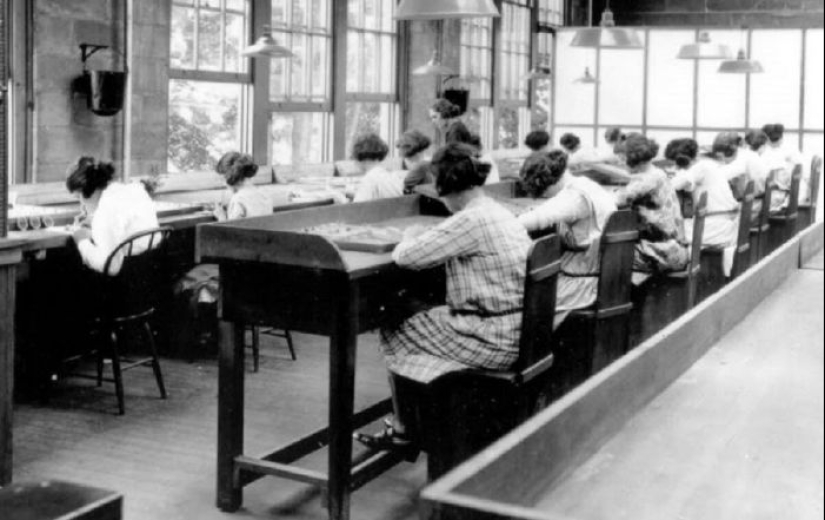
The company's managers and engineers were well aware of the danger of radium, so they avoided direct contact with this substance and the paints in which it was contained. Moreover, the U.S. Radium company, being the flagship of its industry, published brochures on the rules for working with radioactive materials and successfully sold them to universities.
In the laboratories and warehouses of the plant, special forceps and lead screens were used to work with radium, but no one thought about the ordinary employees of the workshops. The first unusual deaths at the plant were registered in the early 20s. First, the company's chief chemist, Dr. Edwin Lehman, died, and then several girls.
All of them died under similar circumstances, which prompted Dr. Harrison Martland, a Newark County physician, to launch an investigation into the circumstances of these deaths. The result was stunning – a meticulous doctor found out that about 4,000 people in the United States and Canada have daily contact with a deadly substance, unaware of its properties.
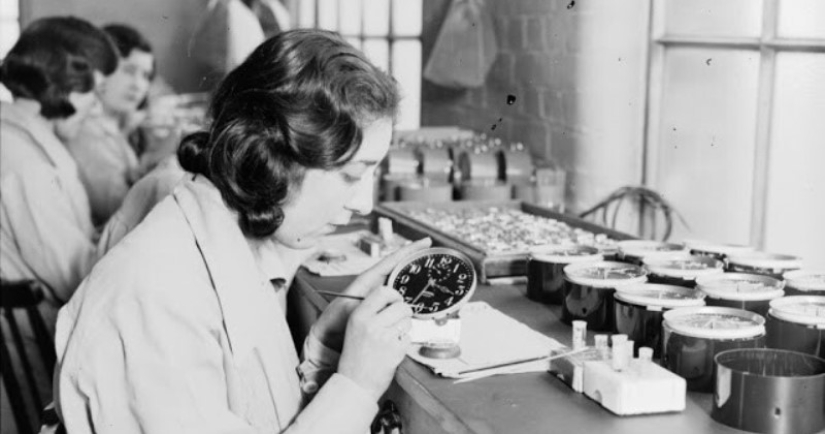
But the most destructive effect of radium was on the women who put markings on the dials. In front of each of them was a container containing heavy metal paint, and they dipped camel hair brushes into it and drew numbers and divisions. Each girl had to make 250 dials a day, for each of which she received one penny. If you convert this money into modern ones, you will get $ 0.303 (22 rubles).
Anyone who has painted with thin brushes knows how quickly their tips start to get shaggy. The girls from the U.S. Radium plant also faced this problem. The company's technologists recommended returning the brush to its shape using ... lips and tongue. The workers used this "useful" advice, and besides, I don't know anything about the danger of radium, they painted their nails and even their lips with a luminescent composition.
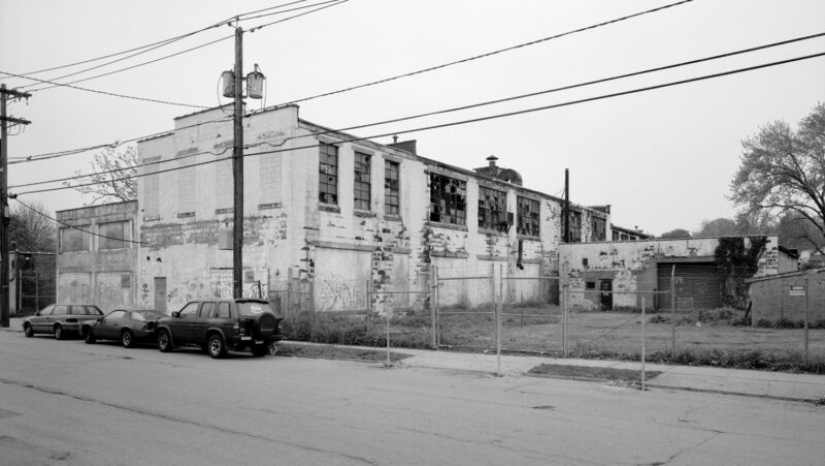
Dentists were the first to pay attention to the state of health of the draftsmen. Girls often turned to dentists with very similar problems – bleeding gums, loosening and loss of teeth, unexplained fractures and necrosis of the jaws.
These were not the only problems of the U.S. Radium workers. Women often suffered from menstrual disorders and many of them were infertile. Employees of the plant also died from cancer, but no one kept statistics on these cases – it was very unprofitable for the company.
The investigation of Harrison Martland drew the attention of society and the authorities to the situation at the plant, but the company's management categorically denied all the accusations. The company spared no money on lawyers and bribing experts – many doctors, having received impressive sums, supported U.S. Radium.
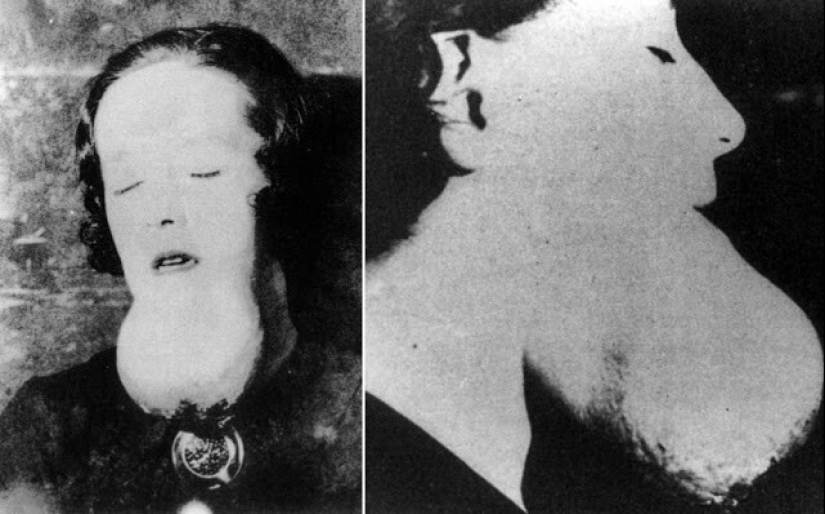
The first employee of the plant died in 1923 – the woman had a disease that was later called "radium jaw". The bones of her lower jaw simply collapsed from the rapidly developing necrosis. By 1924, there were already about 50 sick women, several of them died in the same year.
Doctors bribed by the company's managers gave false conclusions, handing out the diagnosis of "syphilis"right and left. This venereal disease was very common at the beginning of the 20th century and one of its symptoms was just the destruction of bones and cartilage.
Thus, instead of helping, the women affected by radium received a reputation for dissolute persons and were left alone with their problems. Many employees of U.S. Radium did not go to the doctors until the last, fearing that they would be accused of sexual promiscuity.
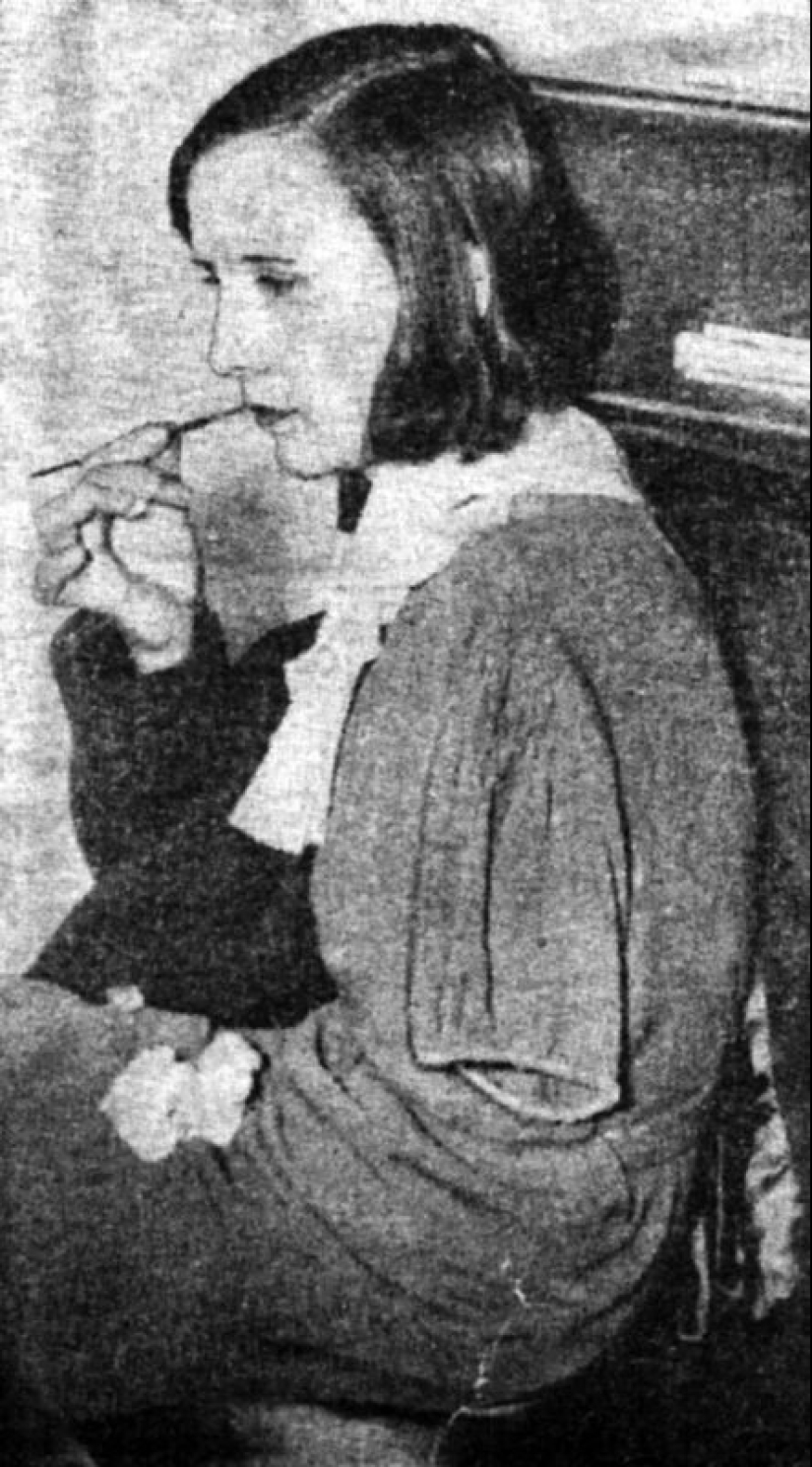
In 1928, Dr. Sabin Arnold von Sokhotsky, a talented chemist and inventor of fluorescent radium paint, died. The scientist did not lick the brushes, but he dealt with dangerous metal for many years and in large quantities. He became the 16th victim of radium.
The death of such a famous person turned out to be in the hands of the" radium girls " – their claims against the company finally began to be given a move. Grace Fryer was the first to fight for her rights. It was very difficult for her – it took two years to find a lawyer who was ready to fight with a powerful company working for the military industry.
When a lawyer was found, Fryer was joined by other victims of radium. But the process progressed very slowly due to the fact that the defendant hindered the investigation of the circumstances in every possible way, and the plaintiffs were in poor health.
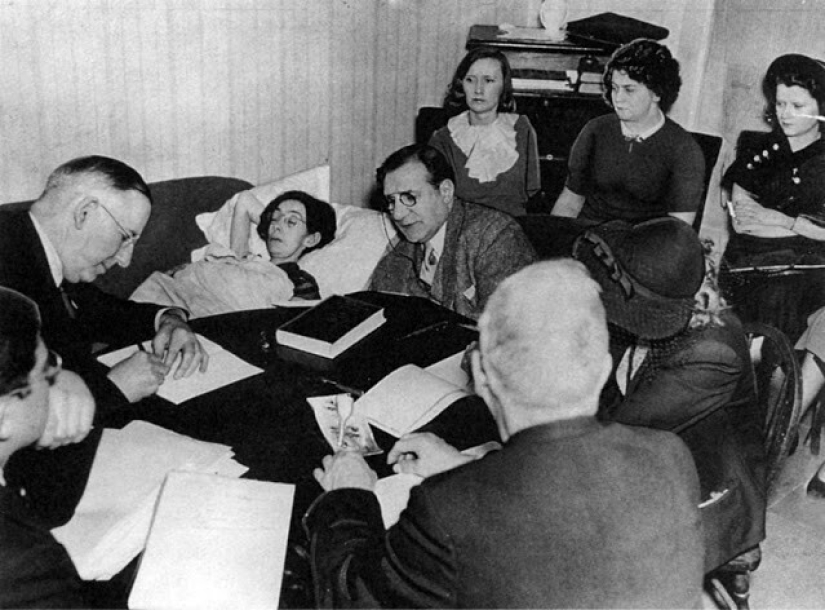
The first court session was attended by five employees: Grace Fryer, Edna Hassman, Catherine Schaub and sisters Quinta McDonald and Albina Laris. All of them were seriously ill, and two of them could not even lift their hand from the bed to take the oath. It was then that the whole of America learned about the horror that was happening at the U.S. Radium plant, and the courageous workers received the nickname "radium girls".
They were real living dead – some had faces disfigured by tumors and ulcers, others looked like skeletons covered with skin, and one had no arm. But the women were determined to achieve the truth and their struggle was followed not only in the United States, but also in many other countries.
This trial did not restore the girls to health – they began to die one after another even before the final verdict was delivered. But it became a precedent and the authorities began to adopt laws regulating labor safety standards and guaranteeing payments to victims.
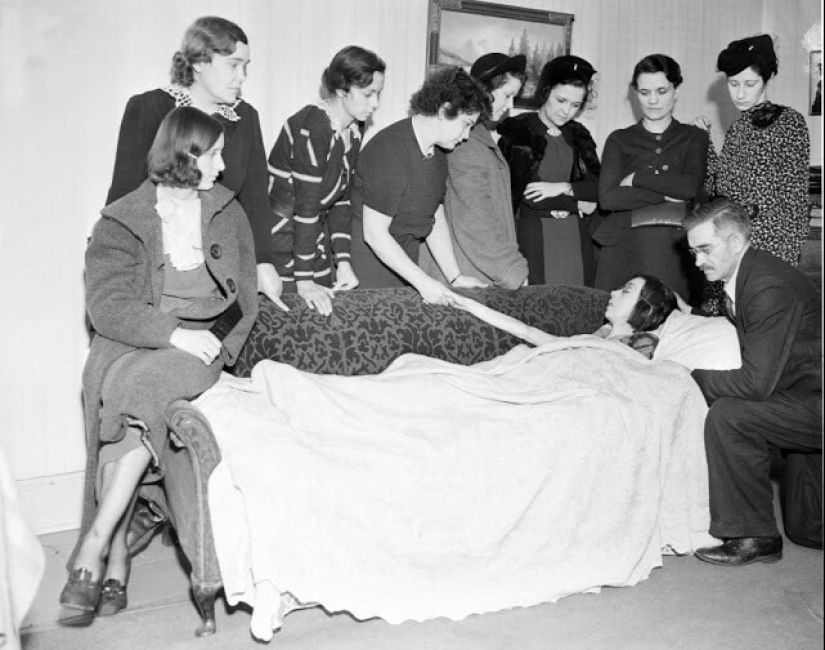
Before that, it was simply impossible to achieve compensation. Employees of one of the factories of the Radium Dial company, located in Illinois, in 1927, demanded compensation for loss of health, but were refused. Protracted trials began, before the end of which most of the plaintiffs did not live.
Only in 1938, after 11 years, the court decided to pay compensation to the women. But Radium Dial was not going to give up and filed an appeal, which was considered for another year. As a result, it was rejected and the original court decision remained in force. In total, the company lost 8 such courts and was forced to pay its employees for their suffering.
Very few girls who suffered from radium in harmful industries lived to see the employer admit guilt and received the amount due to them and paid by the companies. But their suffering was not in vain – it was the case of the "radium girls" that gave rise to a real revolution in the field of labor protection.

The whole world learned that radium is dangerous and tens of thousands of workers of harmful industries around the world were protected from greedy and unscrupulous employers, for whom people were only expendable material on the way to profit.
Keywords: USA | Death | Health and medicine | Court | History | Clock | Radiation | Diseases | Manufacturer
Post News ArticleRecent articles

Most of us think that the color of the eggshell does not play any role and it is possible not to pay attention. But it's not and ...

The more we rely on technology, the more potential power hackers gain over us. It doesn't matter if their goal is to help or cause ...
Related articles

Horror is a genre of cinema that has become a springboard into the big cinema of many venerable Hollywood actors. Laurence ...

Yes, Pets benefit our health and it is proven by science. Their very existence certainly makes us happier, but also prolongs life. ...

The symbol of the island of Sicily — treskilion, represents three joined legs bent at the knees, with the head of the Gorgon ...

Creating a good portrait is one of the most difficult tasks for any photographer. In order to make a really natural and memorable ...